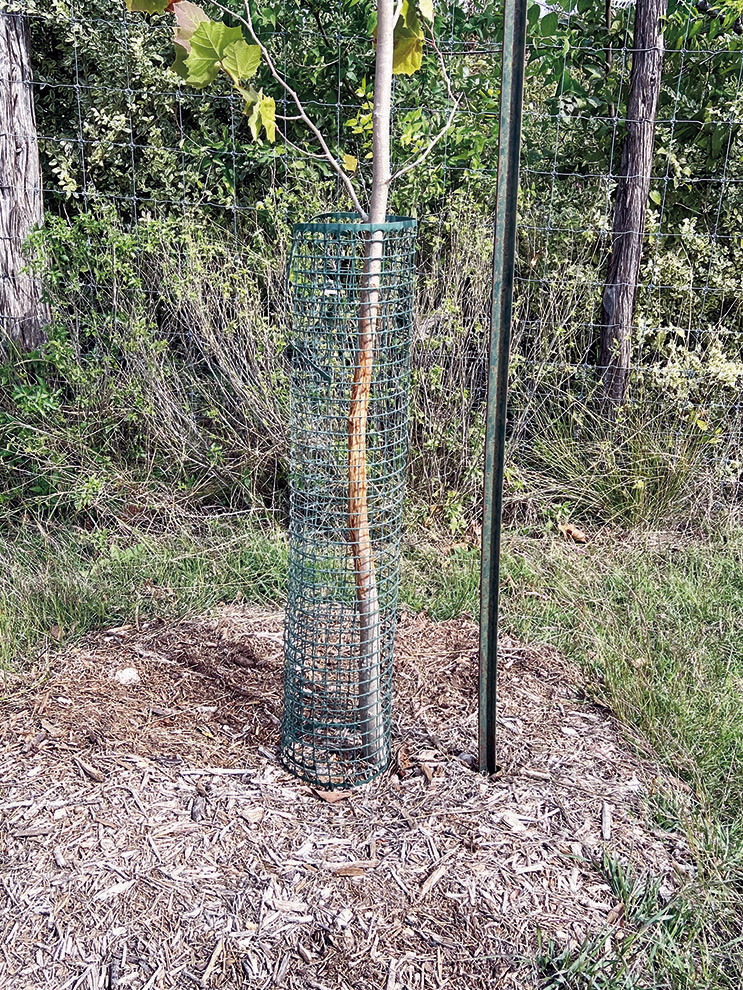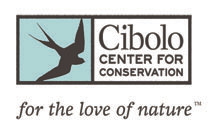AT THE TRAIL
DAVID TOUCHON THE CIBOLO LAND MANAGER
Now that the cooler temperatures have set into the Texas Hill Country, we can officially welcome the White-Tail Deer rut. The rut not only makes us drive a little more warily but also makes us protect our trees with a little more diligence.
Cruising bucks love unprotected trees from 1-5-inches in diameter along travel boundaries, and a buck will revisit them year after year.
During the process of rubbing, bucks mark the tree with glands at the base of their antlers, creating scratches in the tree bark and leaving their scent.
Aggressive buck rubbing is common and can mortally wound an unprotected tree after a couple of visitations, which can be expensive. An old country adage says that the size of the rub coincides with the size of the buck, this is somewhat true, to a point.
Thankfully, there are many ways to thwart a rutty buck. A light chicken wire caging around the tree will deter most bucks.
Quarter-inch hail screen is great but can be pricey. Half-inch plastic hail screen is superior and can be cut easily. Perforated drainpipe is also incredible with some maneuvering.
Most hardware stores are loaded with options so you can get creative and aesthetic. I stuck a twofoot American flag next to a tree that was being rubbed, which worked to great effect.
I have also run field tests on “overly dirty socks” and got good results. Pinwheels are showing some general promise, as the deer do not like the movement. Less is more at times.
The rut occurs during the fall and winter months so being able to remove your deer guards once spring is here is a plus.
White-tails naturally rub trees within the woodlands. Lucky for them, our region is filled with trees for them to use season after season. So feel free to protect the trees that you have planted around your house, garden or farm.
Before the damage can be done, grab a fistful of zip ties, a spool of tie wire, metal snips and some treasured fencing from bulk trash pickup and get busy.
Look out for spring workshops at The Cibolo by David Touchon to learn more about the outdoors, wildlife, and practical land management!








Comment
Comments